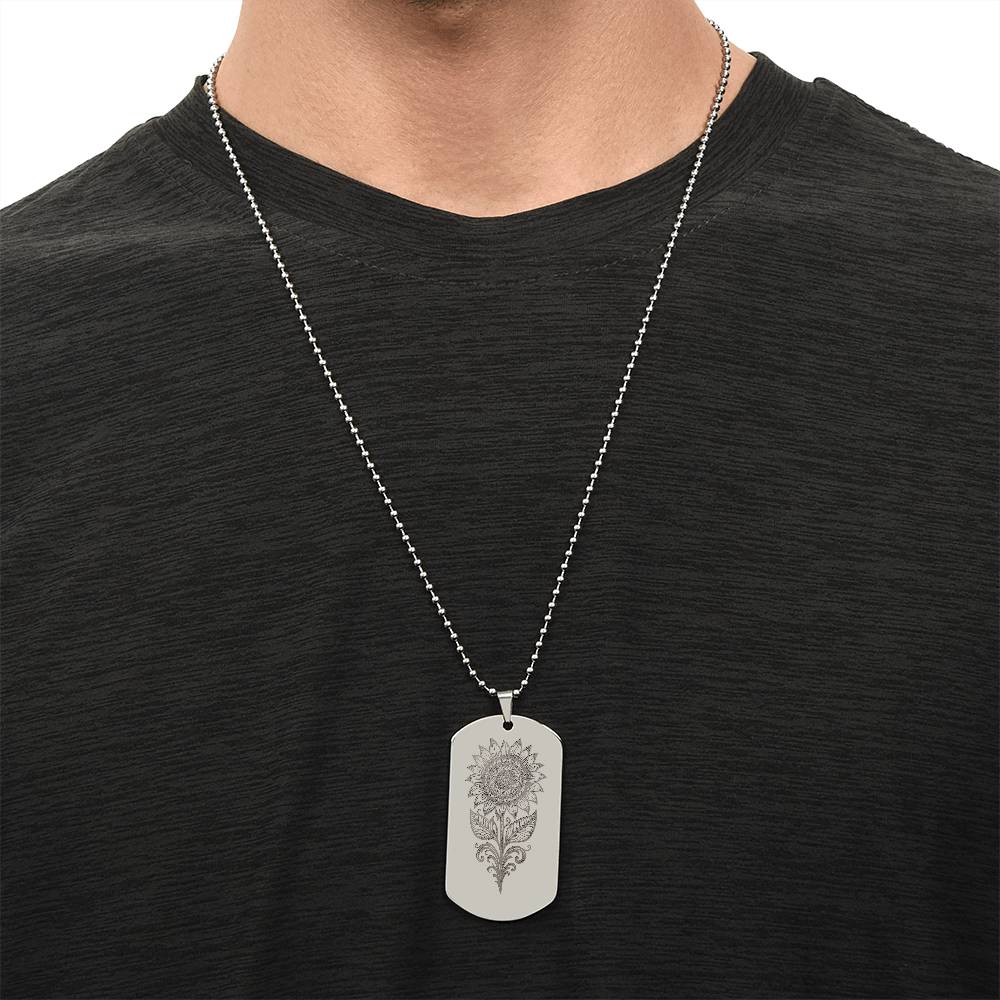How to Compliment Someone with Autism

Written by HeyASD.com Team
As humans, we all crave recognition and validation from our peers, and receiving compliments is one of the simplest ways to achieve that. However, people with autism may perceive and respond to compliments differently than neurotypical individuals. Therefore, it's essential to learn how to compliment someone with autism effectively.
In this article, we will discuss various tips and strategies to help you compliment someone with autism in a meaningful and appropriate way.
Why Compliment People with Autism?
For individuals with autism, social interaction and communication can be challenging. They may find it difficult to interpret social cues, express their feelings, or understand the intentions behind people's words and actions. However, just like everyone else, they also deserve positive feedback and encouragement to boost their self-esteem and motivation.
Compliments can be a powerful tool to help individuals with autism feel appreciated and acknowledged. When given appropriately, compliments can provide validation for their achievements, reinforce positive behaviors, and create a positive social environment that promotes their well-being.

How to Compliment Someone with Autism
Here are some tips and strategies that can help you compliment someone with autism:
1. Be Specific
When giving a compliment, make sure to be specific about what you are praising. Rather than saying, "good job," try to be more specific, such as "you did a fantastic job completing that task on time." This approach helps the person with autism understand precisely what they did well and why you are acknowledging them.
2. Focus on Effort
Complimenting someone with autism based on their effort is more valuable than focusing on their natural abilities. Praising effort reinforces the idea that hard work and dedication lead to success. For example, instead of saying, "you are so smart," try to say, "you worked hard to learn that new skill, and it paid off."
3. Use Concrete Examples
People with autism may have difficulty with abstract concepts, so it's best to use concrete examples when giving compliments. For instance, instead of saying, "you're so creative," say, "I love the way you used different colors and shapes to create that drawing."
4. Consider the Environment
Some individuals with autism may have sensory sensitivities, which can affect how they perceive compliments. Be mindful of the environment and the person's preferences. For instance, if the person is sensitive to loud noises, choose a quiet place to give your compliment.
5. Be Mindful of Body Language
People with autism may have difficulty understanding body language, facial expressions, and tone of voice. Therefore, it's essential to be clear and consistent in your communication. Make sure your tone matches the message you are conveying, and avoid using sarcasm or irony.
6. Use Positive Reinforcement
Positive reinforcement is a technique used to encourage and reinforce positive behavior. When complimenting someone with autism, try to incorporate positive reinforcement by linking the compliment to a desirable behavior. For example, "you did an excellent job waiting patiently in line."

FAQ's about Complimenting Someone with Autism
-
Why is it important to compliment someone with autism? Ans: Compliments can help individuals with autism feel appreciated, validated, and encouraged. Positive feedback can also promote their self-esteem, motivation, and well-being.
-
How should I compliment someone with autism? Ans: When complimenting someone with autism, be specific, focus on their effort, use concrete examples, consider the environment, be mindful of body language, and use positive reinforcement.
-
What should I avoid when complimenting someone with autism? Ans: Avoid using abstract concepts, sarcasm, irony, or vague language. Also, be mindful of the person's sensory sensitivities and communication style.
-
How often should I compliment someone with autism? Ans: There is no set frequency for giving compliments. However, try to provide positive feedback when the person does something noteworthy or achieves a goal.
-
How can I tell if the person with autism appreciates the compliment? Ans: Individuals with autism may express their appreciation differently than neurotypical individuals. They may not respond verbally or may seem indifferent. However, their body language, facial expressions, or a smile may indicate their appreciation.
-
Can over-complimenting be harmful? Ans: Over-complimenting may lead to a lack of authenticity and reduce the impact of genuine compliments. It may also lead to the person becoming dependent on external validation and hinder their ability to develop intrinsic motivation.
Conclusion
Compliments can be a powerful tool to help individuals with autism feel appreciated, validated, and encouraged. However, it's crucial to be mindful of the person's communication style, sensory sensitivities, and individual preferences when giving compliments. Using specific examples, focusing on effort, and providing positive reinforcement are some strategies to help you compliment someone with autism effectively.
With these tips and strategies, you can make a positive impact on the lives of individuals with autism and create a more inclusive and supportive social environment.
On This Page
Community Favourites
Frequently asked questions
What are some autism communication tips to help me give compliments that feel genuine and clear?
How can I use sensory-friendly compliments to make someone with autism feel comfortable and appreciated?
Why is focusing on effort more helpful than praising natural ability when complimenting someone with autism?
How can I support people with autism by using positive reinforcement in everyday interactions?
Are there ways to incorporate Autism-themed decor or sensory tools to create a calming environment for giving compliments?
What should I keep in mind about body language and tone when complimenting someone with autism?
How can I recognize if a compliment has positively impacted a person with autism, even if they don’t respond verbally?
How can I avoid common mistakes when learning how to compliment someone with autism?
Can using sensory-friendly items like calming blankets or comfortable t-shirts help support positive social experiences for people with autism?

About the HeyASD.com Team
Autistic‑owned • Values‑led • Sensory‑friendly design
We are autistic creators, writers, and advocates dedicated to producing resources that are practical, sensory-aware, and grounded in lived experience. Our mission is to make information and products that support the autistic community accessible to everyone, without jargon or condescension. Learn more about our team.
This article is written from lived autistic experience and an evidence-aware perspective. It is for general informational purposes only and should not be taken as medical, legal or therapeutic advice.
Always consult a qualified clinician or occupational therapist for individual needs and circumstances.

About Our ASD Blog
HeyASD is more than a store, it’s a calm, supportive space for autistic adults and the people who care about them. Explore identity-affirming stories, sensory regulation tools, and uplifting resources from our community.
Thank you for reading. We hope these resources bring comfort and clarity.































